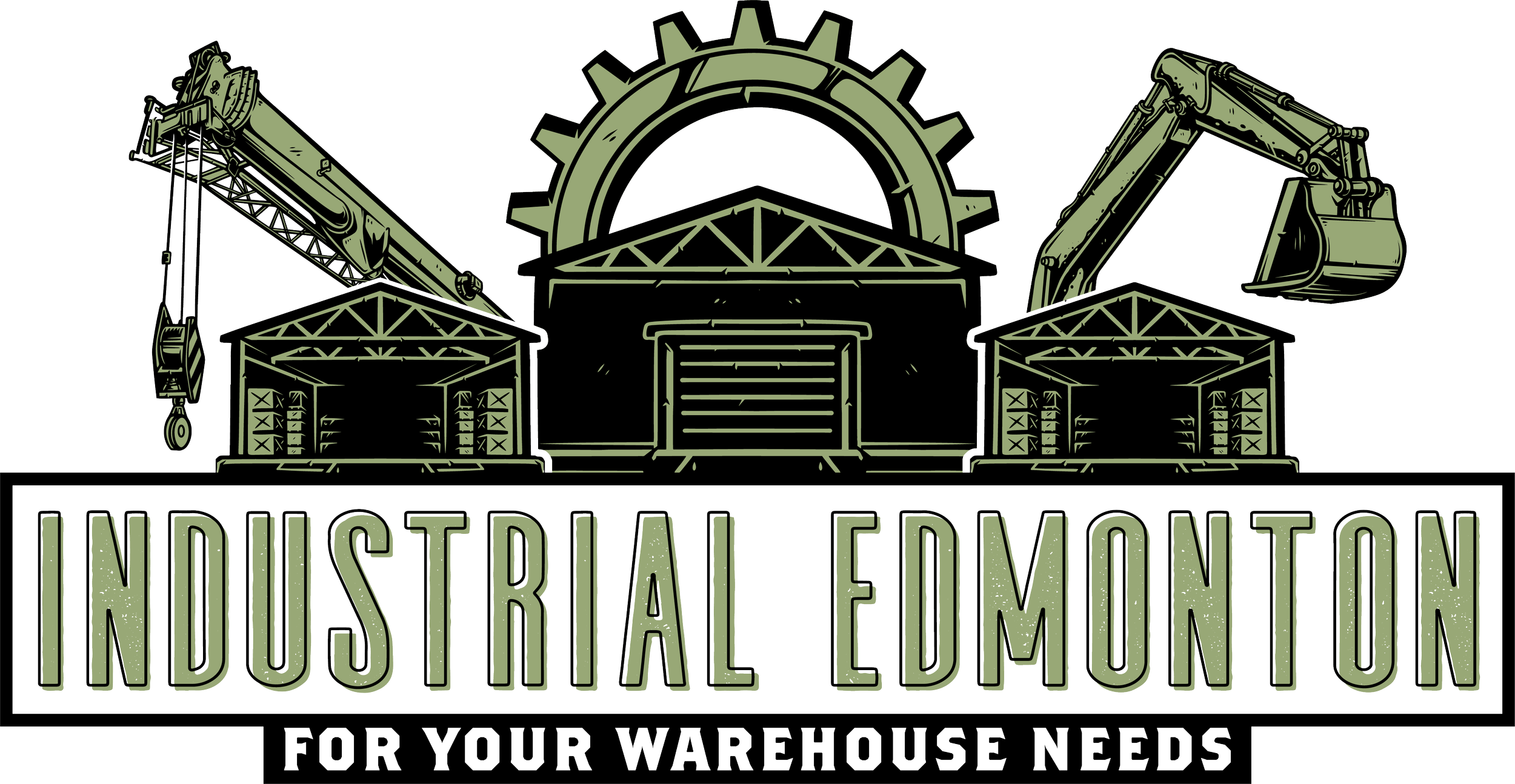ESG and the Commercial Building: A Changing Landscape
“ESG” is an acronym we hear thrown around consistently in the commercial building space, but from my experience, very few understand what this corresponds to and how it will affect their existing assets and developments, or future planning for the same. So what does it mean? ESG is the abbreviation for Environmental, Social, and Governance, and an increasing focus on these combined metrics is transforming the landscape surrounding commercial building ownership and development. The next generation of employees, investors, tenants, lenders, and civic partners all view ESG in commercial buildings as a critical aspect of modern-day business practices. This shift in focus is changing the way commercial buildings are constructed, managed, and operated, creating new opportunities and challenges for all stakeholders.
Most people can wrap their heads around the Environmental side of ESG, but the Social and Governance factors can be less clear. I’ll do my best to differentiate the three components here:
Environmental factors:
INCLUDES: Energy use and efficiency, carbon emissions, water and waste management, pollution prevention, and climate change risk management.
CRE EXAMPLES: Impact on the local environment including air and water quality, waste generation, and natural resource depletion. Energy efficiency of the building design and incorporation of renewable energy and energy-efficient systems.
SOCIAL factors:
INCLUDES: Labor practices, employee diversity and inclusion, human rights, community engagement, and product safety.
CRE EXAMPLES: Development impact on the local community including noise and traffic impact, displacement of residents or businesses, and community engagement opportunities. Project labor practices and social issues including worker health, working conditions, wages, benefits and safety.
GOVERNANCE factors:
INCLUDES: Board diversity and structure, executive compensation, risk management, shareholder rights, and ethical business practices.
CRE EXAMPLES: Regulatory compliance to building codes and zoning laws, corporate governance towards ethical and transparent business practices, and supply chain management to reducing waste and promoting ethical sourcing.
There are many ways to meet ESG requirements depending on the project. Part of the challenge is that the process of assessing a development is not simplistic and governed by one entity. In fact, there are many rating agencies that assist in conducting ESG project assessments. For example, within the commercial real estate sphere, this includes: LEED, GRESB, BREEAM, Fitwel and Green Star. Linked below is a LEED Project Checklist that can be utilized for commercial real estate developments to calculate and improve the ESG grading, differentiated by product type.
It's important to note that each rating agency or certification system may use different criteria and standards for evaluating ESG performance. Commercial real estate developers should carefully review the methodology and criteria used, and select the one that aligns best with their sustainability goals and objectives. Innovators like Canadian SaaS company Greenworks ESG are helping businesses to streamline the various data management and reporting requirements of various rating agencies to simplify this process for end users .
building DESIGN systems that are leading the way to meet ESG requirements & FUTURE PROOF CRE
Energy-efficient systems: High-efficiency HVAC systems, LED lighting, internally recessed dock loading doors for thermal insulation, and smart building controls that minimize energy consumption and reduce carbon emissions.
Renewable energy sources: Solar panels, wind turbines, and geothermal systems that generate clean, renewable energy on-site.
Water conservation: Low-flow plumbing fixtures, rainwater harvesting systems, and greywater recycling systems that reduce water usage and promote sustainable water management.
Sustainable materials: The use of environmentally friendly building materials, such as insulated concrete forms (ICF), recycled materials, low-VOC paints/coatings, and sustainably harvested wood, that minimize the environmental impact of construction.
Smart building technologies: Building automation systems, Internet of Things (IoT) devices, and artificial intelligence (AI) that optimize building performance, increase energy efficiency, and enhance the overall experience of building occupants.
Green roofs and walls: Vegetated roofs and walls that provide insulation, reduce heat island effect, and improve air quality.
These building systems, when integrated into a comprehensive ESG strategy, can help commercial building owners and developers meet ESG requirements and achieve their sustainability goals.
ESG is transforming the commercial building ownership and development landscape, creating new opportunities and challenges for all stakeholders. From investors and lenders to owners, developers, and employees, ESG is becoming a critical factor in the success and sustainability of the commercial real estate market. In a world where things change and adapt quickly, it’s important to stay ahead of the trend line to ensure your development is future proofed and a top consideration for tomorrow’s occupiers and global businesses.


